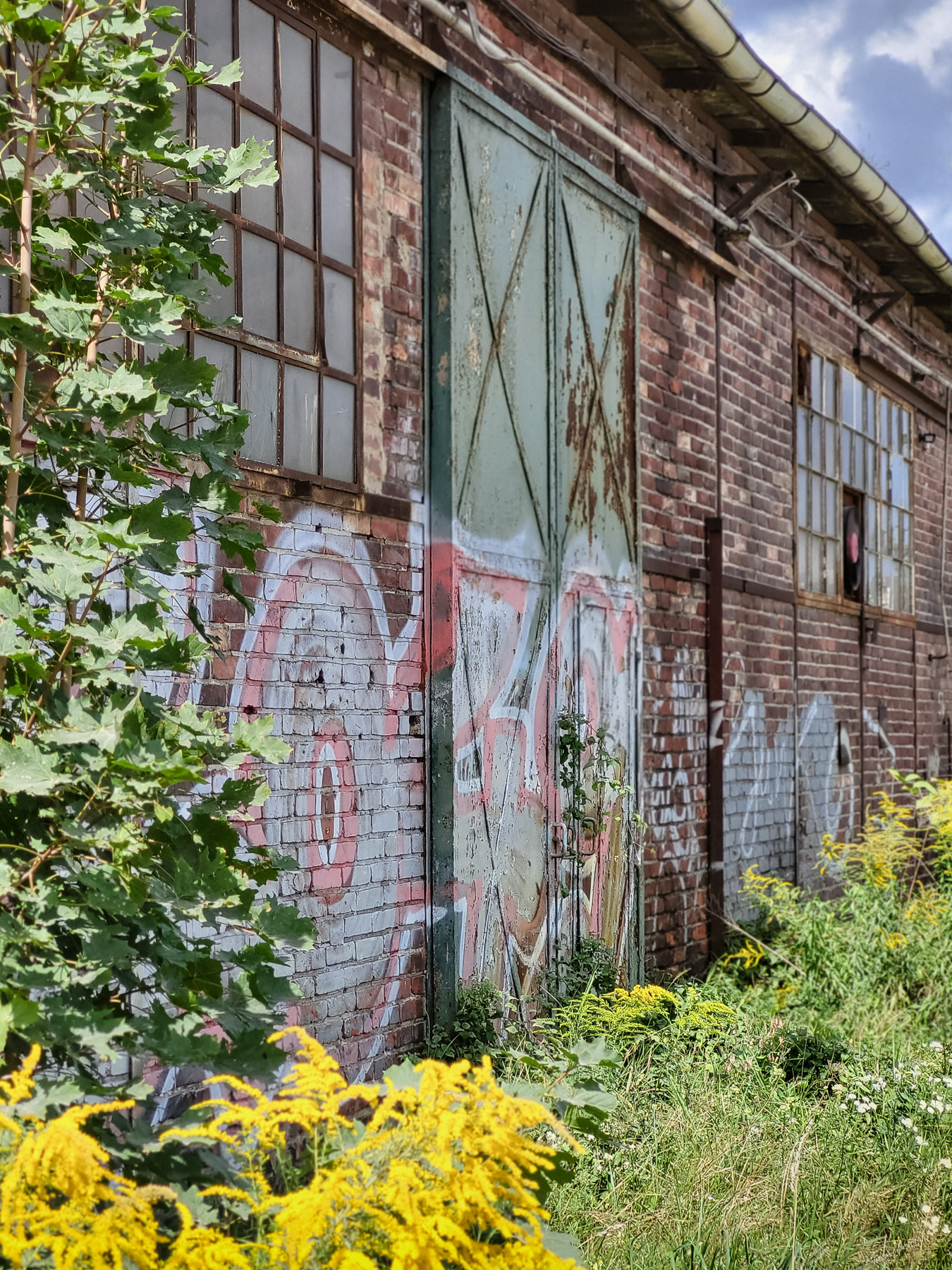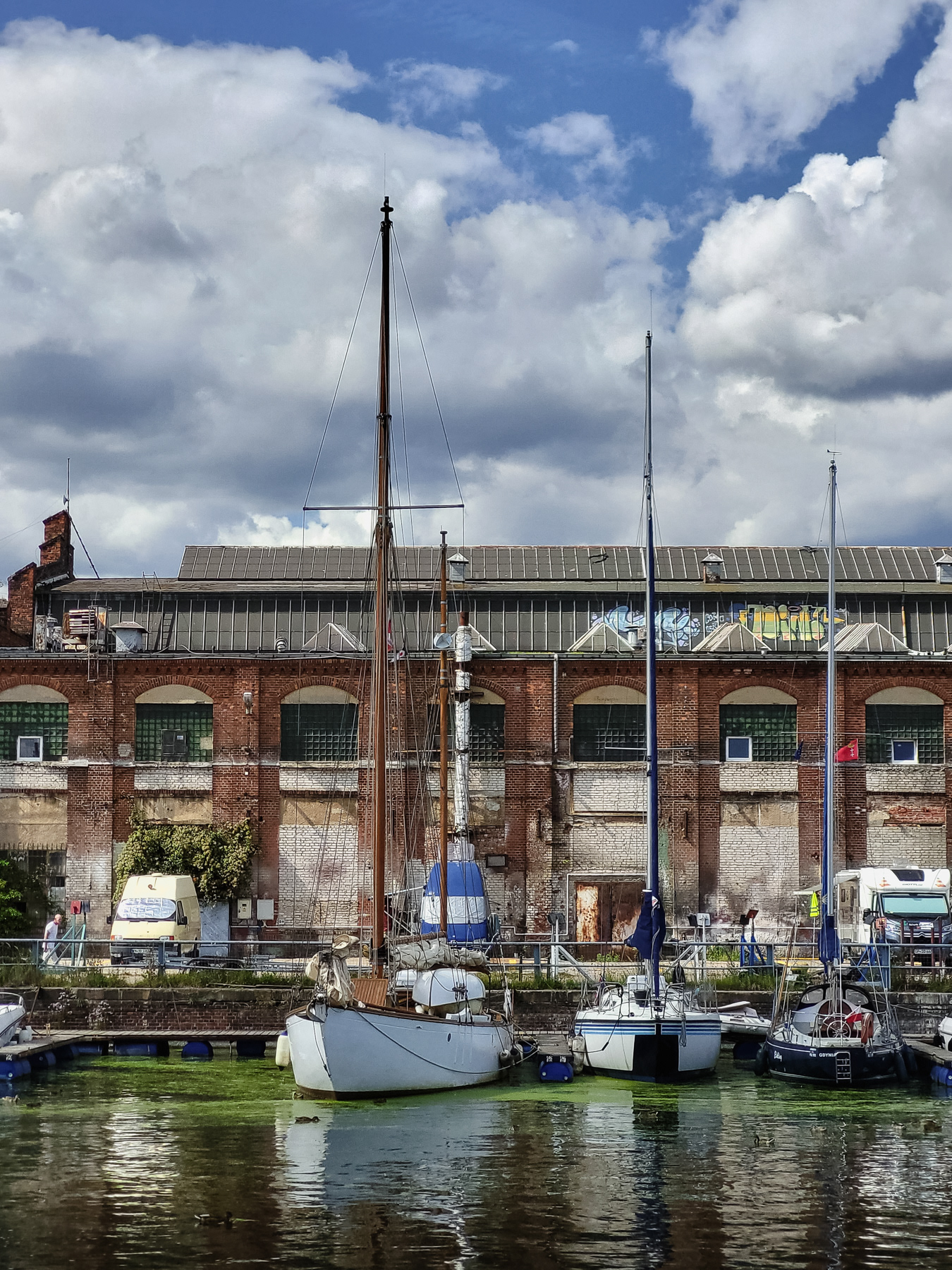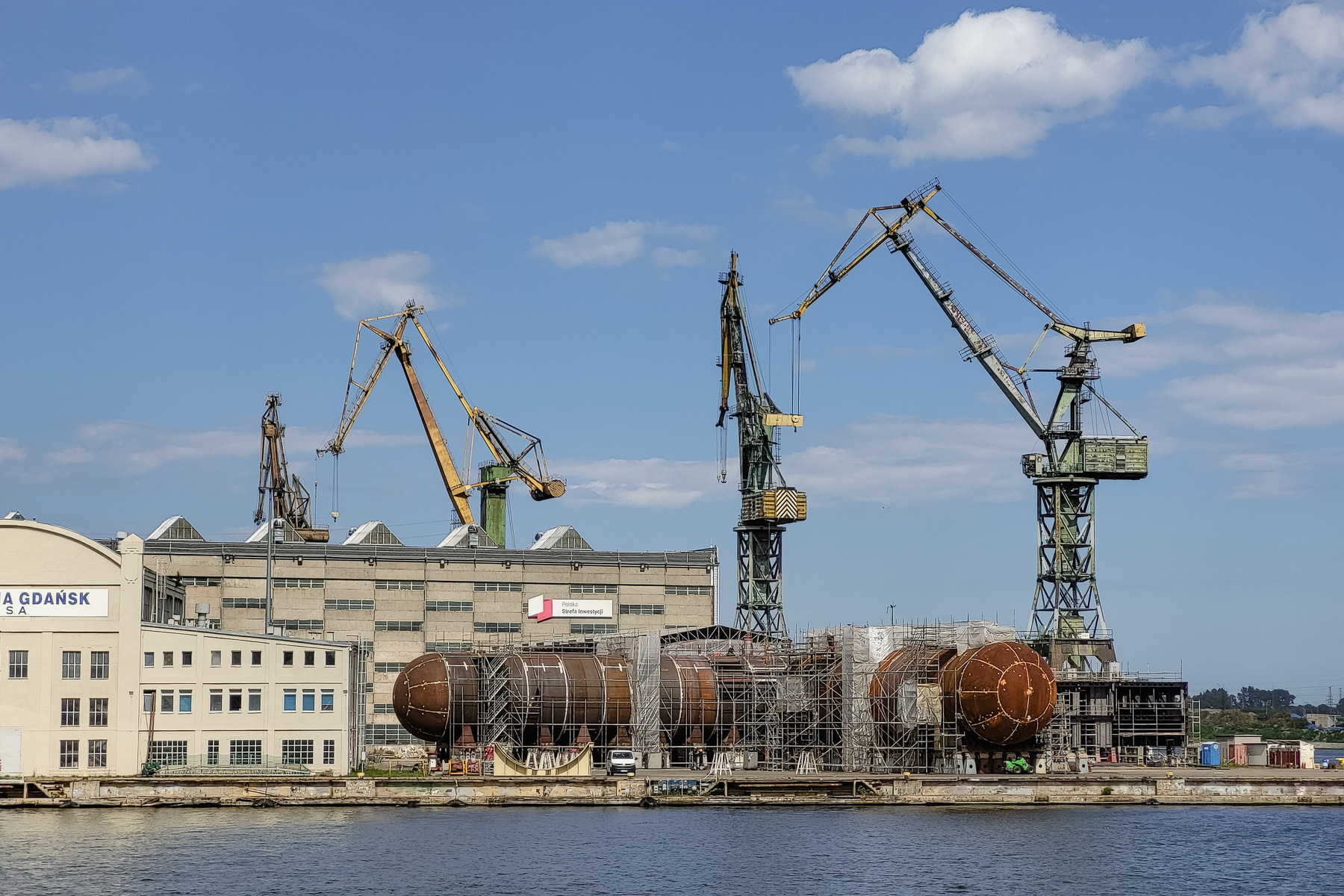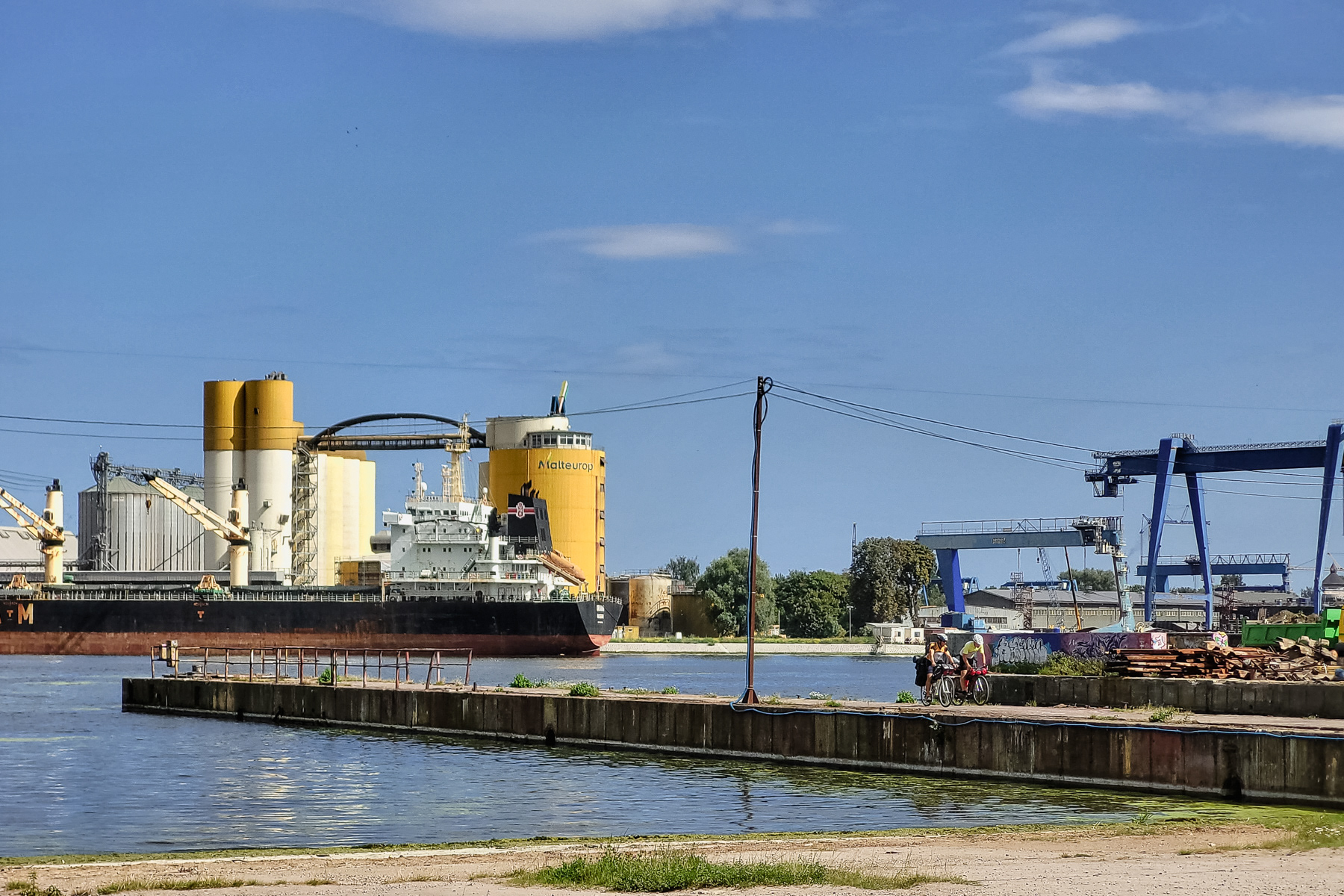Shipyards, German-Dutch-Flemish architecture, a good night and day life and the birthplace of Solidarity: Gdańsk.
The Old Town


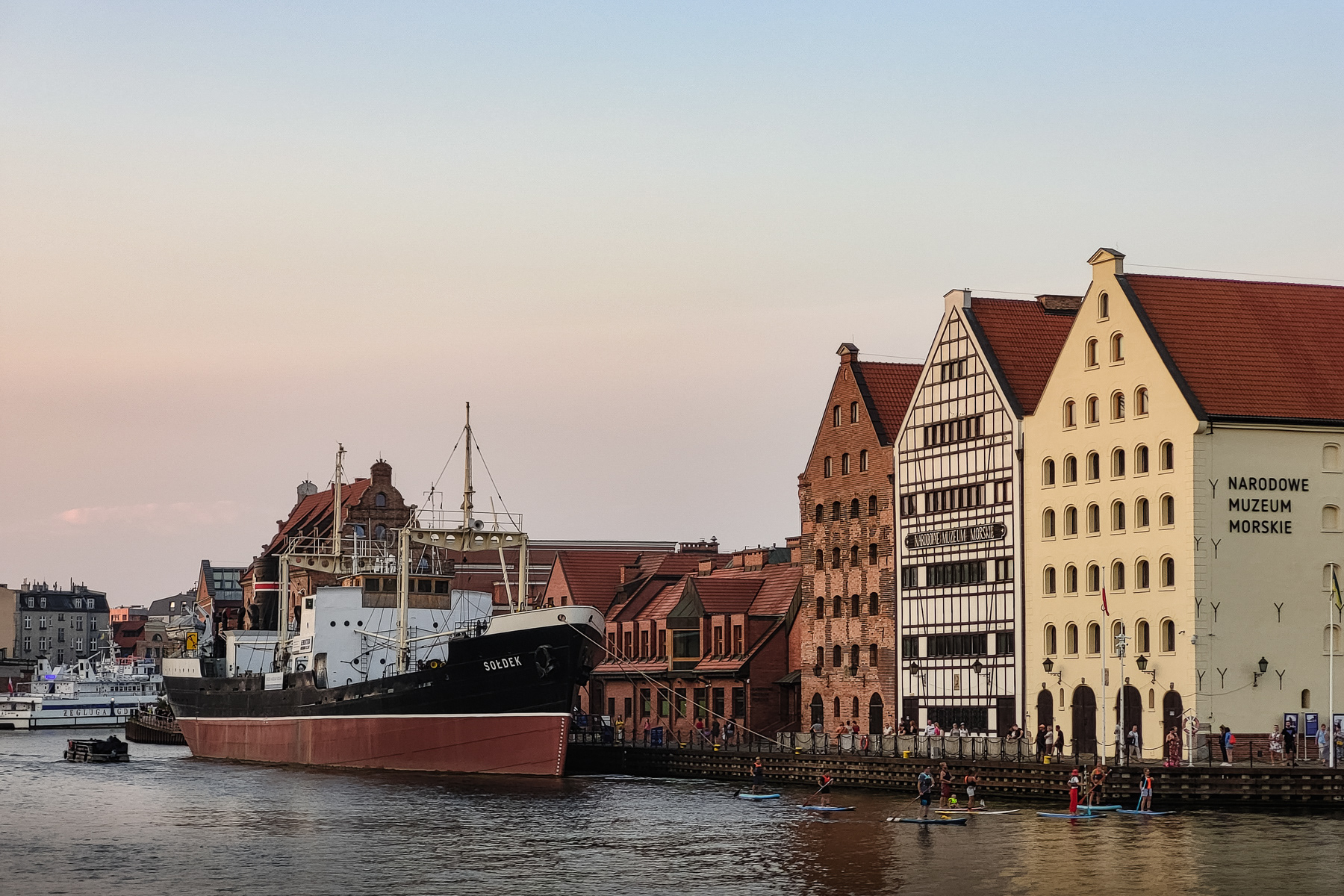
As a history buff I know Gdańsk mainly as the port city of resistance, of uprising. Standing strong the people of the Baltic Sea city first led in the fall of Polish communist leader Władysław Gomułka in the 1970s. In the 1980s the Solidarność (Solidarity) movement that sprouted in the Lenin Shipyards pressed until the totalitarian regime fell, with Solidarity leader Lech Wałęsa becoming the first president of non-Communist Poland in 1990.
Gdańsk these days is still a strong harbour city and tourist magnate, especially in July and August when the oldest and one of the largest open air markets takes place. Originating in 1260, the St. Dominic’s Fair (Jarmark św. Dominika) currently attracts at least 150,000 visitors per day, with tasty food, handicrafts and collectables offered by more than 1,000 merchants. The entire old town turns into a buzzing place, with stuff to buy and eat everywhere in front of the Flemish/Dutch, French and Northern Italian style buildings that were resurrected after the Second World War.
Even during the busy Summer months it was easy to book a local apartment, while the Fair started on both corners of my quiet street – only a few hundred metres of one of the many landmarks Gdańsk has to offer: the Basilica of the Assumption of the Blessed Virgin Mary, or St. Mary’s Church. With a volume of almost 190,000 m3 this is almost Europe’s largest brick church, second only to the massive San Petronio Basilica in Bologna, Italy. The Catholic religion in Poland has remained even stronger than in Italy, with about 85% of the Polish registered catholic (equal to Italy) and about 60% active practicing (more than Italy).
From the Bazylika Mariacka – as the massive structure is called in Polish – it takes you only 5 minutes on foot to get to what is probably the best part of town, the banks of the Motława River with dominated by The Crane Gate (Brama Żuraw). Originating in the 1440s, rebuilt in the 1950s, the historic crane had a lifting capacity of 4 tonnes to a height of 11 metres. Lifting was done by men walking inside the two giant wooden wheels with a diameter of 6 metres. The structure was even part of the inner cities defences, something clearly visible in its design. Opposite of the Crane proudly lies the Steamship Sołdek, Poland’s first post-World War 2 ocean going vessel.
When visiting Gdańsk during St. Dominic’s Fair a daytime escape to the beaches of nearby Sopot or a stroll through the city’s streets easily culminates in a top notch concert of a big Polish band or artist on Węglowy square, after which it is easy to find yourself happily lost afterwards, tasting a locally brewed piwo (beer) or wine in one of the many pubs in the heart of this graceful city by the Baltic Sea.



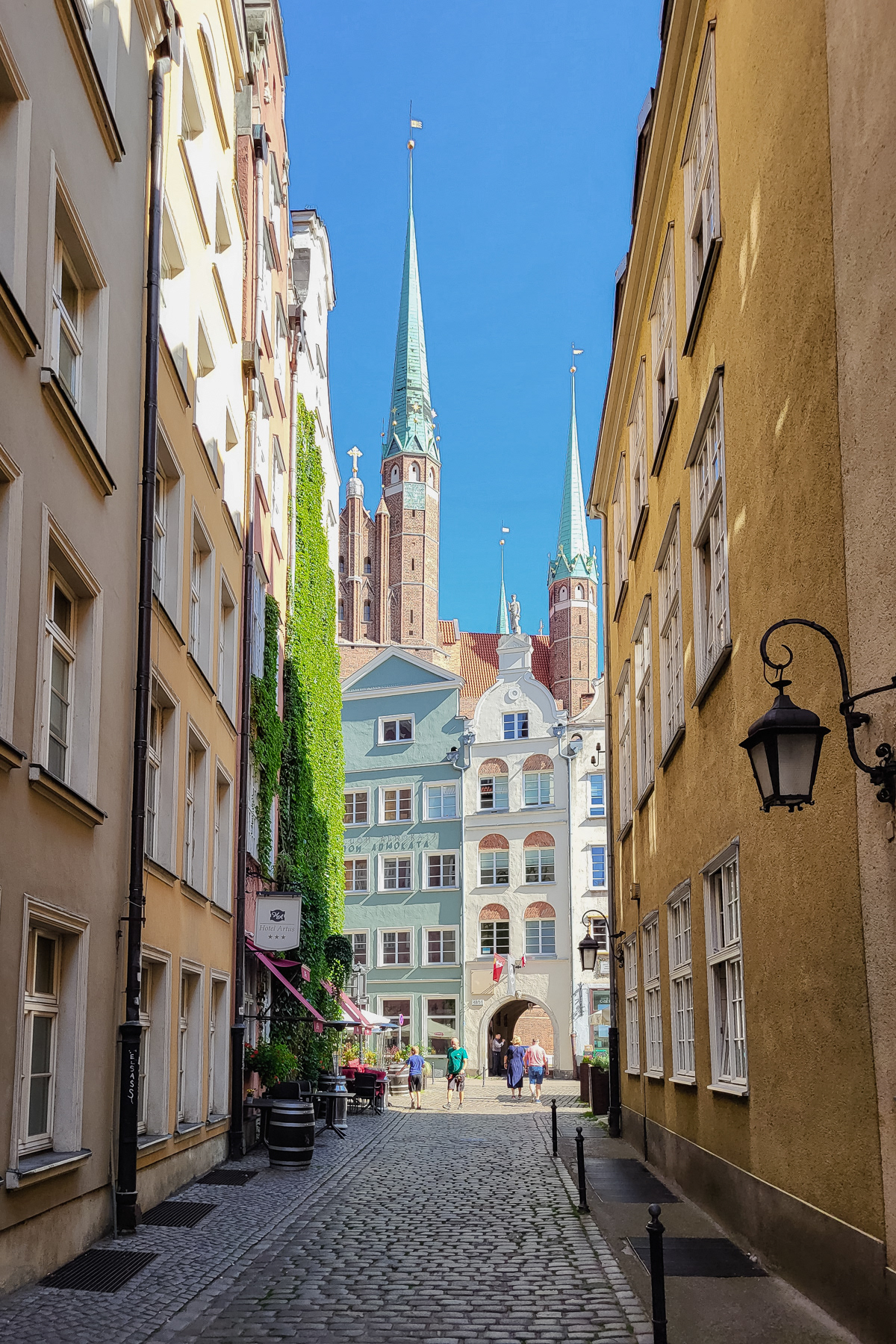
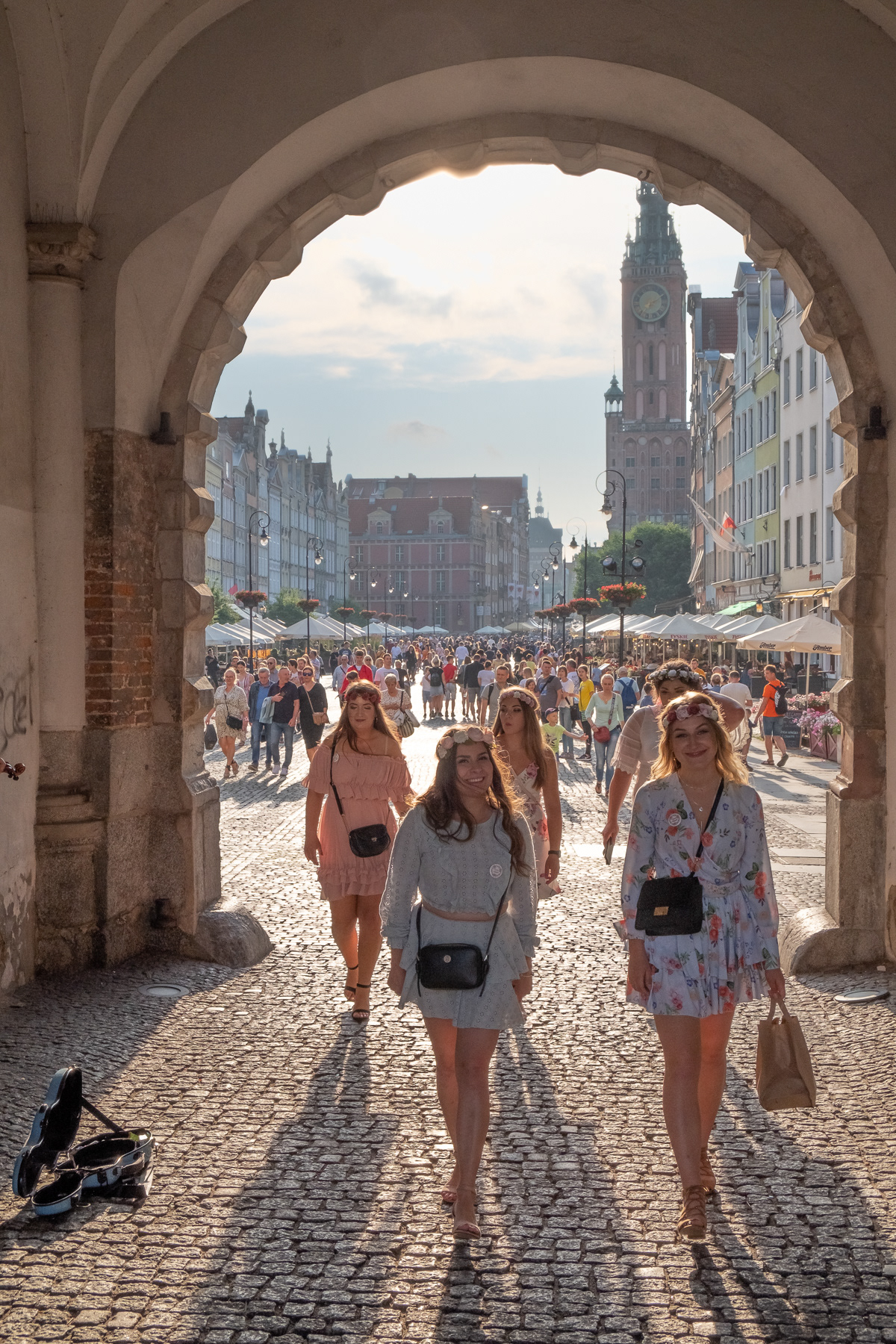
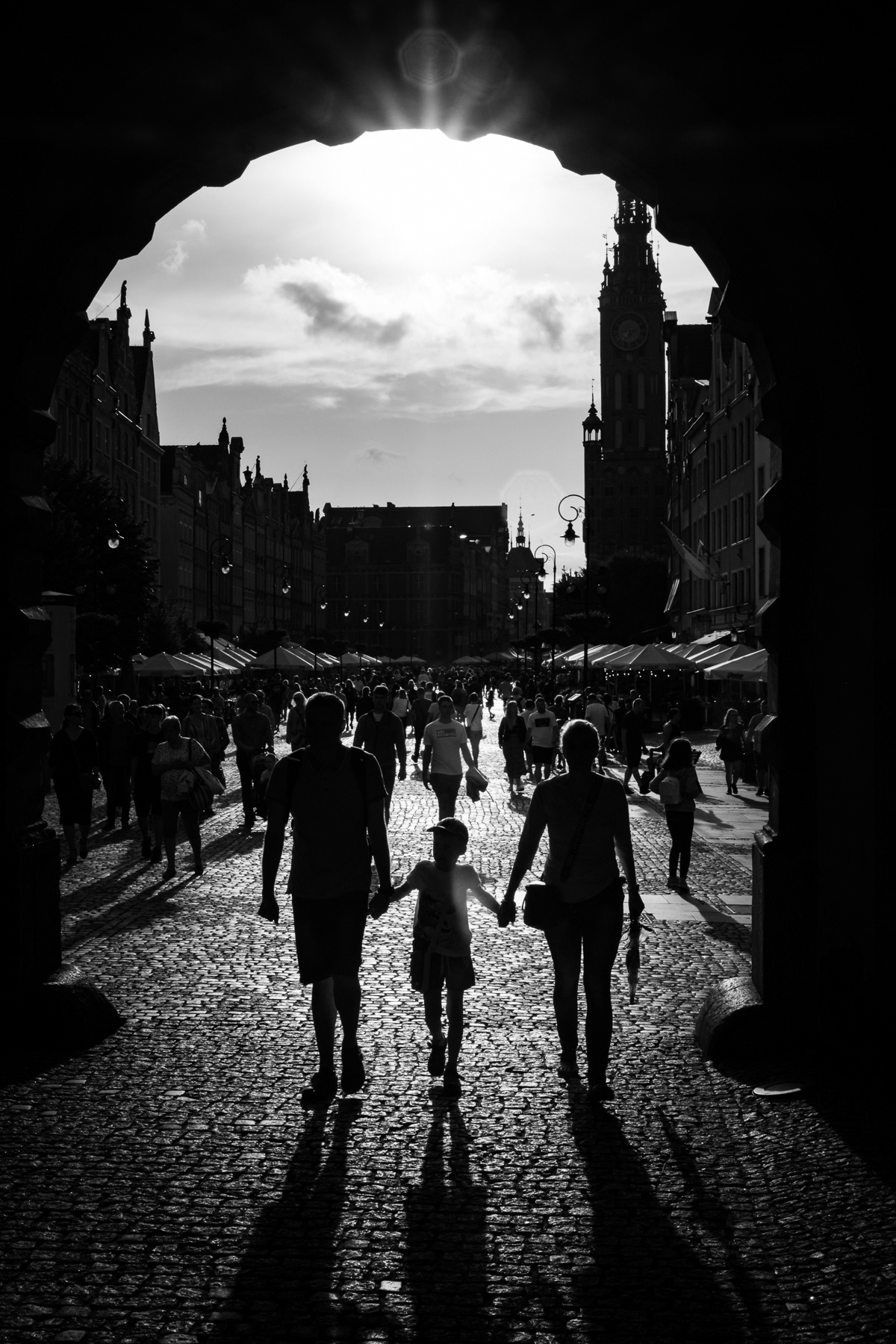
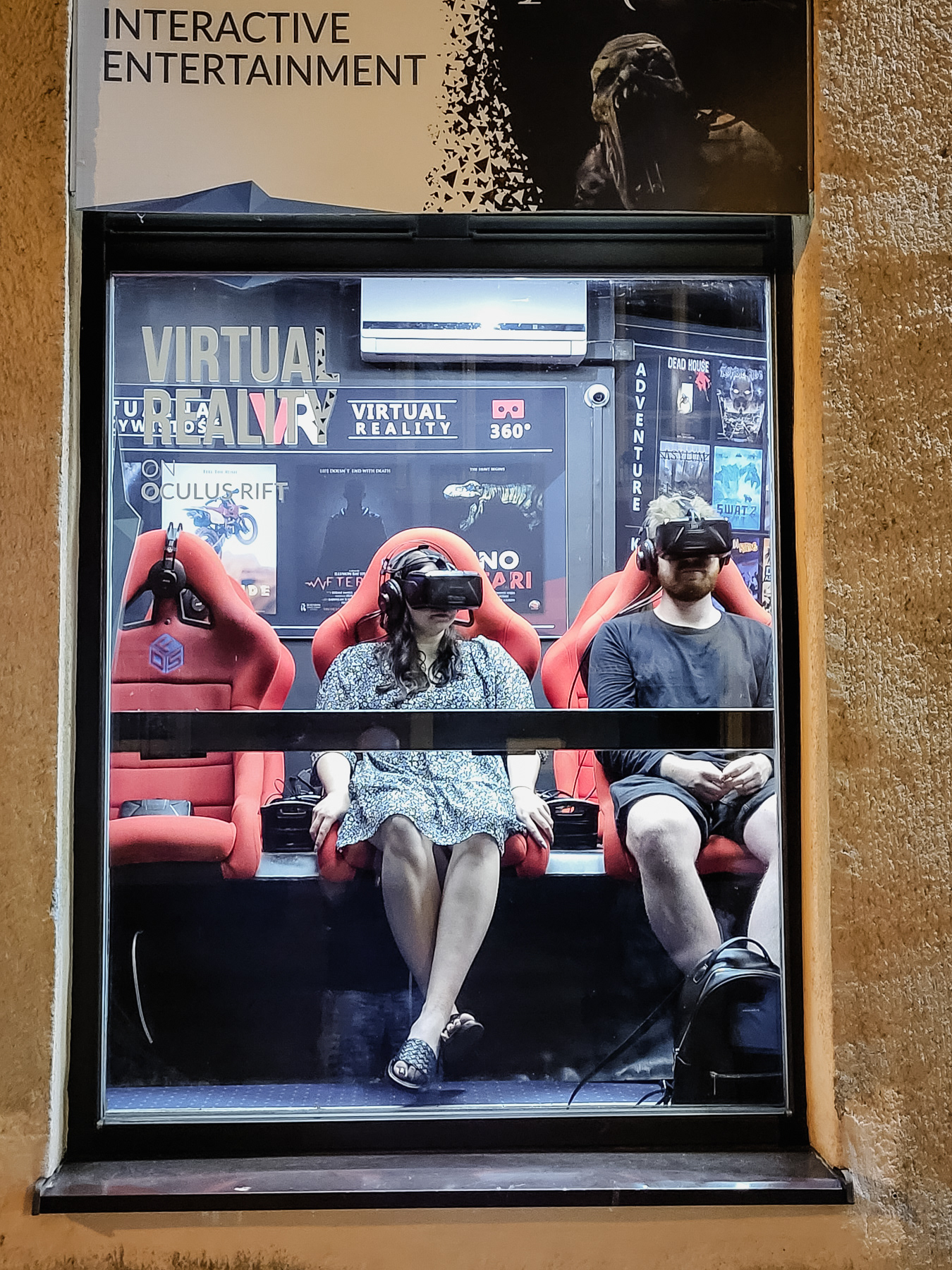
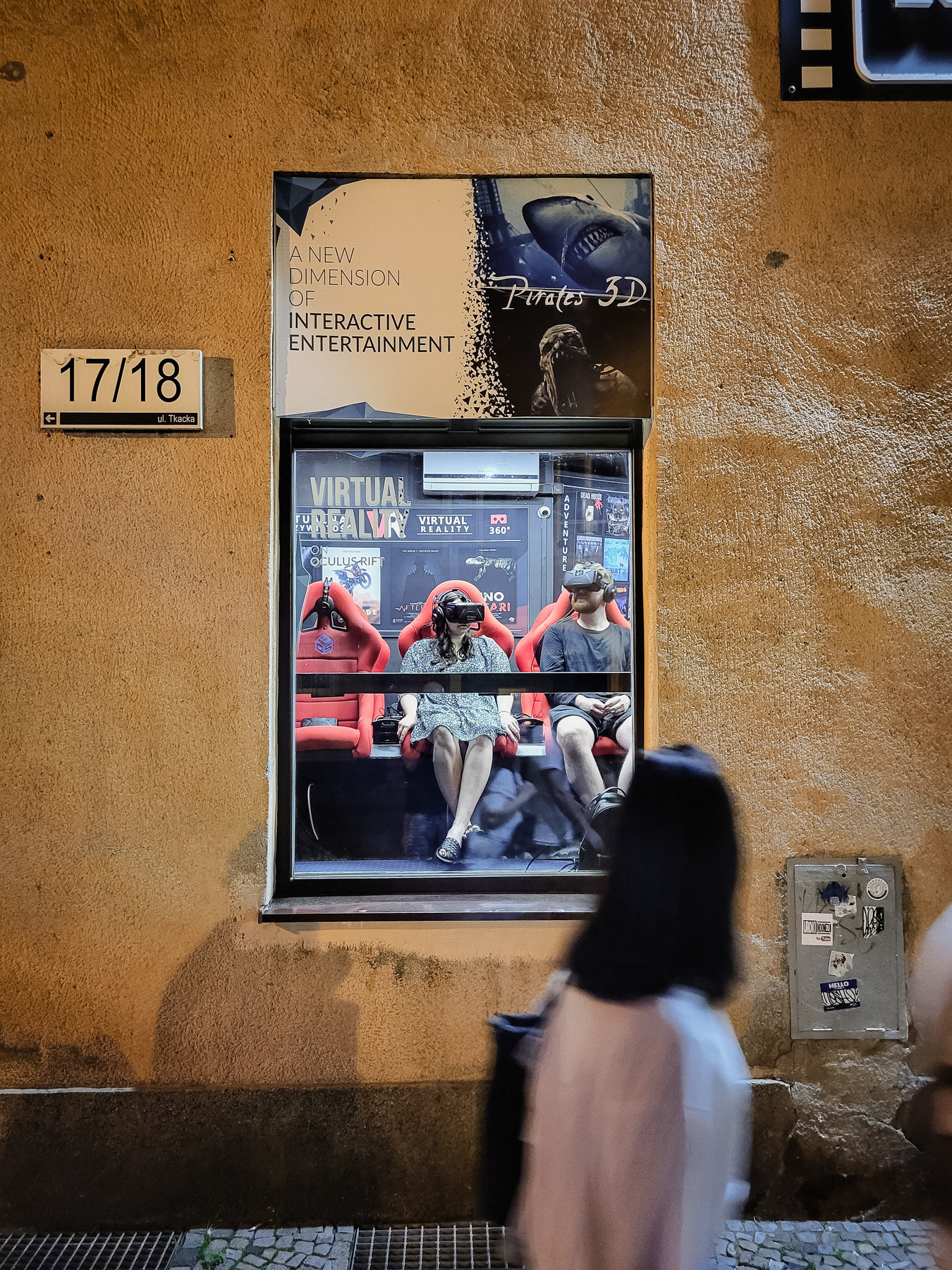
Shipyard area
